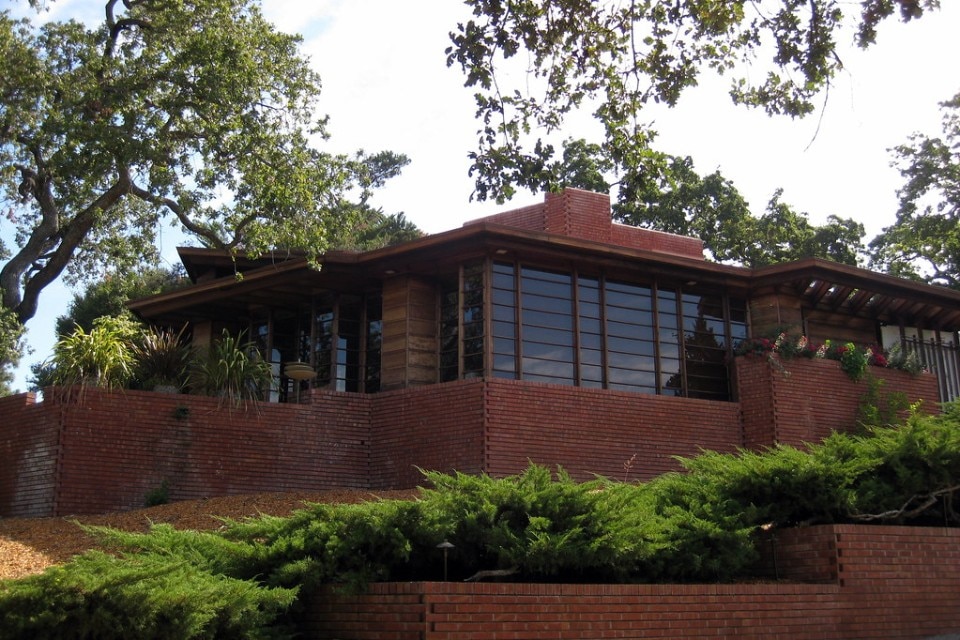In 1900 Robert C. Spencer described his friend and colleague Frank Lloyd Wright as the man who “despising the easy and common way and at ease instead among the splendor of the forests and flowering prairies of his country, has given a very intelligent interpretation of the present meaning of architecture”.
In effect, Wright re-founded American design culture, clearing away the “style” regurgitations to coin an original lexicon focused on one great objective: establishing a worthy and balanced relationship among artifice, technology and nature. Hence the genesis of his thought, extraordinarily precursor of the times in relation to the themes of environmental sustainability and the relationship with the context, which is realized in the residential field through the “prairie houses” (Robie House): houses in total harmony with the landscape, made of low and minimal volumes and overhanging roofs often exorbitant, to suggest the idea that the house is an organic space in tune with the rhythms of man and the seasons (Taliesin West, Fallingwater). With the conception of the “Usonian” houses from the 30s onwards Wright arrives at a version of living more affordable for the “middle class”, because in his vision of “democratic” architecture he did not conceive that the quality of living was the prerogative of the few: typically, residences with a regular plan, free and flexible, with a single floor, with simple and natural materials (Hanna-Honeycomb House, Rosenbaum House, Cedar Rock, Kentuck Knob, Muirhead Farmhouse).

A seventy-year-long work, from deserts to mountains, from metropolis to forests, among millionaires and the middle class to signify that, as the architect said, “the result of the art of building should be a poetic serenity rather than a deadly “efficiency””.
Many of Wright’s homes have disappeared today, some are privately owned, others are accessible to the public. Below, a brief journey through the works, which can be visited, of a man and his dreams.






















